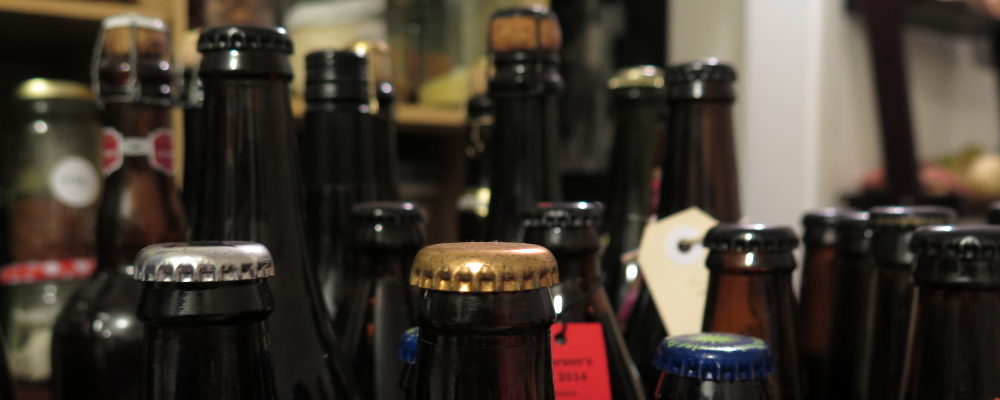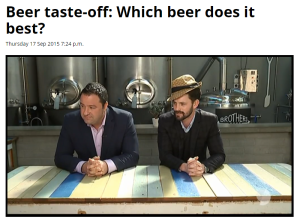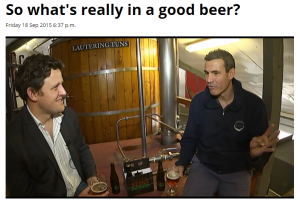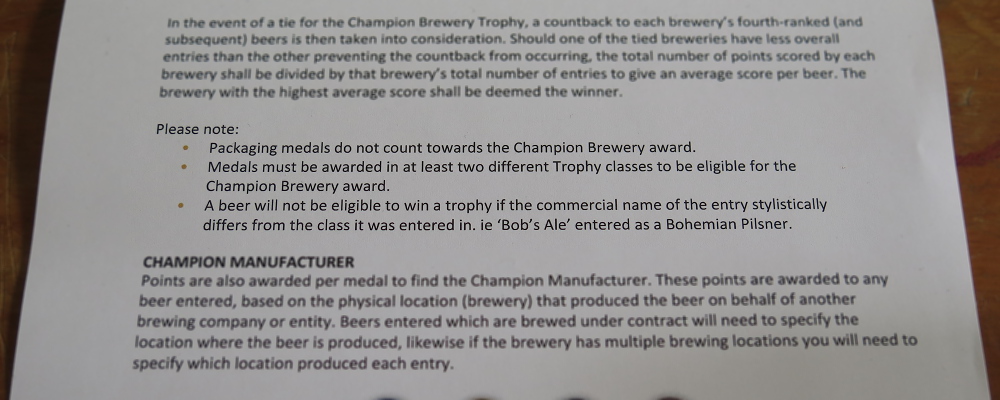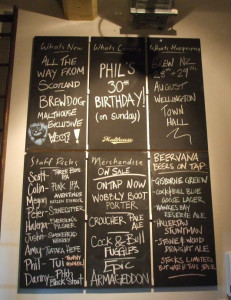
The weekend was the fifth anniversary of, well, this thing. It was Sunday1 the 26th of September, 2010, when I first hit the ‘Publish’ button on anything here. I’ve since done so three hundred and forty times,2 for an overall rate of one post every five or six days — which just shows you the nonsense you can bury under an average. In truth, my activity here has fluctuated wildly, as has what you might call the mandate or mission. The initial intent was for this to be simply a backed-up and searchable version of the original, which itself was born about five years earlier when I scribbled the first-ever entry and transmogrified a blank notebook into a Beer Diary.3 On finally filling those pages and starting in on my second volume, five years and twenty-three days ago, I wanted to scan and upload its predecessor for safekeeping — and on account of the fact that you can’t grep dead trees.
What started as ‘Afterthoughts’ to that project quickly took over,4 though the Diaries still exist, gathering notes and bearing witness to my primary impressions of a beer or festival or whatnot. The revised and broadened nature of, well, this thing slowly found an audience and even picked up an award. But with a shift in my “day job” (to an actual day job), productivity here waned; the switch in what energy was used up during the day and what was left to burn off saw my swimming and gardening increase and writing time decline.5 I’m still attempting to rebalance all that again, with mixed success.
But anyway, I was put in mind of all of this — i.e., these five years and the utterly marvellous and/or baffling beers and occurrences and best-of-all people that have been bound up therein — by (of all things) a spot of spring cleaning a few days ago. In the kitchen cupboards at home was an unexpected trove of bottles that spanned such a swathe of time that I idly wondered if it covered the entirety of this thing’s existence and so had to look up the dates. And lo, here we are. And yes, they do. The Beer Diary started its life6 as a memory aid. Fitting, then, that a steady accumulation of forgotten things would furnish an excuse to think back, try to remember how these nearly-three-dozen bottles came to comprise my stash — and ponder what to do with them. Because some beers really do age spectacularly gracefully and can sublimely cap off an occasion. Others, of course, do not. Time, then, for a census of my accidental cellar, to see what it says about the last few years.
